
4 minute read
Beaujolais-Villages and Cru Beaujolais


Advertisement
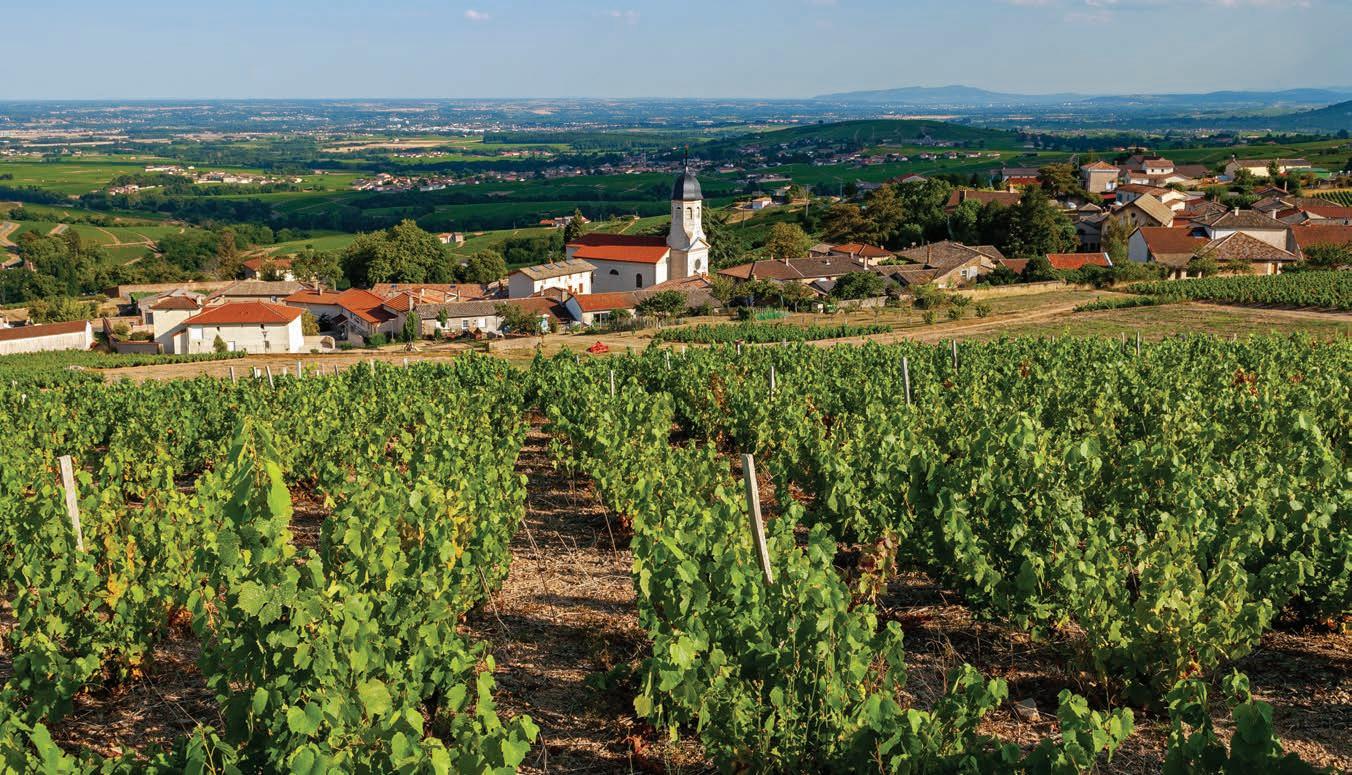


BY GAETANO MARANGELLI
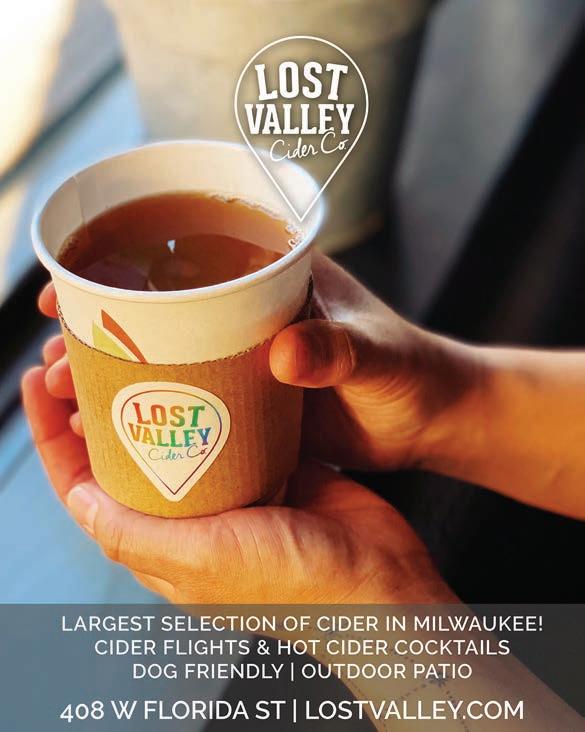

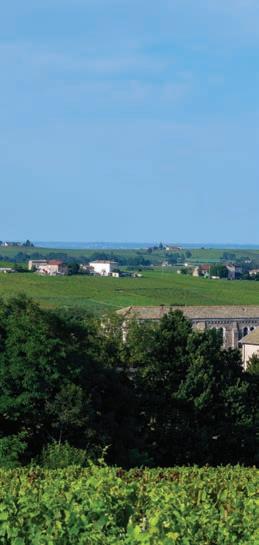
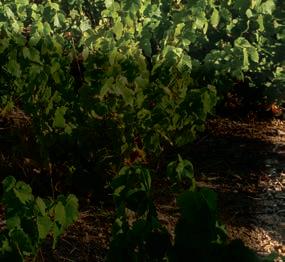
CHIROUBLES
Thanksgiving dinner is culinary chaos.
Turkey, Tofurky, or possibly ham, served with dishes of stuffing, green beans, sweet potatoes or yams, Brussels sprouts, mashed or baked Idaho, Russet, or Yukon Gold potatoes, cranberry sauce, and butternut, acorn or pumpkin squash. Savory next to sweet next to fatty next to sour next to buttery next to bitter next to creamy next to tart. A dinner you could serve in five separate courses.


CHÉNAS
We like our Thanksgiving dinner with all its dishes on a table before us. And we like servings from its dishes all on our Thanksgiving plates. But which wine could possibly bring harmony to our Thanksgiving chaos of American flavors?
The answer is Beaujolais.
No, not that Beaujolais. Not Beaujolais Nouveau, s’il vous plaît. Beaujolais Nouveau is the Beaujolais released on the third Thursday of November. It’s the kind of Beaujolais synonymous with poor quality.
The history of Beaujolais Nouveau begins in the 19th century. Local winegrowers would ferment grapes from the new harvest for days or weeks and send the young wine down the Saône River to the bistrots of Lyon, which served the fresh, fruity new wine to celebrate the year’s harvest. Beginning in the later half of the 20th century, corporate wineries of the region turned the local custom into a worldwide holiday for impotable wine. Wine made from inferior grapes which companies cultivate with pesticides and herbicides, vinify with chemical additives, and bottle for release to the world in November. Wine made like soda in a factory.
WINES OF CHARACTER
No, the kinds of Beaujolais you want for your Thanksgiving table are Beaujolais-Villages or Cru Beaujolais, both of which are wine appellations in the south of Burgundy. The wine grape of Beaujolais is called gamay, a grape known for its fresh fruit qualities. As with any wine grape, the qualities of gamay vary with the quality of its vineyards’ soils. The gamay vines of the Beaujolais-Villages and the Beaujolais Crus thrive in the regions’ rolling hills of granite and schist. Gamay has an affinity for granite, which makes for wines of greater character than those from the sandy Beaujolais Nouveau vineyards further south.
Thirty-nine villages make up the Beaujolais-Villages. These wines have ripe, fruity aromas and flavors of raspberry and cherry, a light body, a sensuous texture, moderate to high acidity, low tannins, and moderate to low alcohol. Ideal qualities for any wine you charge to navigate the chaos of your Thanksgiving dinner plate. Even better than the wines of Beaujolais-Villages are those called Cru Beaujolais. The Beaujolais Crus are ten villages which produce wines of identifiably distinct character. They are, from north to south, Saint-Amour, Juliénas, Chénas, Moulin-à-Vent, Chiroubles, Fleurie, Morgon, Régnié, Côte de Brouilly and Brouilly:
Saint-Amour: A sexy red raspberry of a wine. Juliénas: Named after Julius Caesar. Distinguished by its red cherry character. Chénas: Fresh, gentle, and delicate. Moulin-à-Vent: The richest and most powerful wine of Beaujolais. Chiroubles: Complex, velvety, and floral. Fleurie: Fleur, of course, means flower in French, and these wines have a lovely violet character. Morgon: Earthy wines with a deep, rich character evocative of good Burgundy. Régnié: Bright and spicy. Côte de Brouilly: Rich and elegant. Brouilly: Light and fruity. A classic bistrot wine.
Every one of these Beaujolais Crus offer wines worthy of your Thanksgiving table. They’ll play along nicely with all of the foods on your Thanksgiving plate. They’ll make your Thanksgiving dinner taste even better.
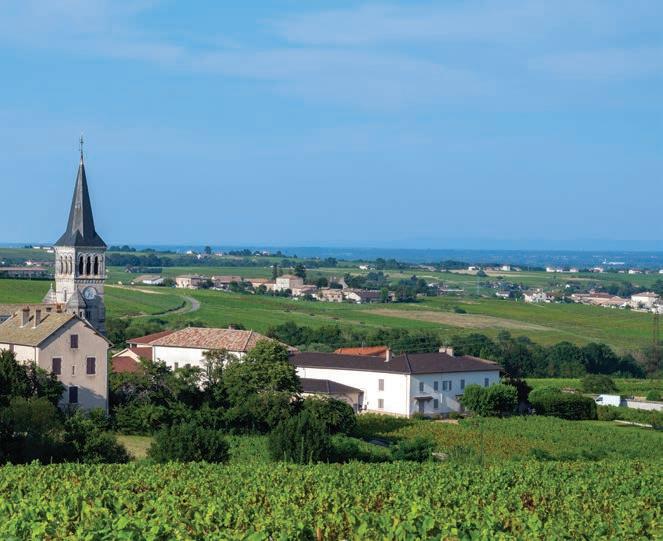


WHICH BEAUJOLAIS TO BUY AND WHERE
Waterford Wine & Spirits’ owner Ben Christiansen and manager Scott Miner offer these fine examples of Beaujolais-Villages and Cru Beaujolais:
Domaine Jean Foillard, Beaujolais-Villages, 2019, $26.99: The introductory wine from a legendary Beaujolais estate. A crystalline example of great Beaujolais-Villages. Organic. No sulfites added.
Domaine Dufaitre, Beaujolais-Villages, Prémices, 2018, $21.99: Light and anything but simple. Elegant, minerally, and complex. Organic. No sulfites added.
Domaine Chignard, Fleurie, Les Moriers, 2018, $26.99: Love at first taste. Fresh and playful, with deep ripe fruit and serious character. Lutte Raisonnée. (The estate uses pesticides or herbicides if absolutely necessary.)
Château Thivin, Côte de Brouilly, 2019, $32.99: A wine described by its importer as “a country squire who is not afraid to get his boots muddy. Handsome, virile, earthy, and an aristocrat.” Organic.
Domaine Dufaitre, Brouilly, 2019, $26.99: Like bowls of fresh fruits and flowers. A Brouilly with more finesse and more muscle than most wines from its appellation. Organic. No sulfites added.
Gaetano Marangelli is a sommelier and playwright. He was the managing director of a wine import and distribution company in New York and beverage director for restaurants and retailers in New York and Chicago before moving to Wauwatosa.










